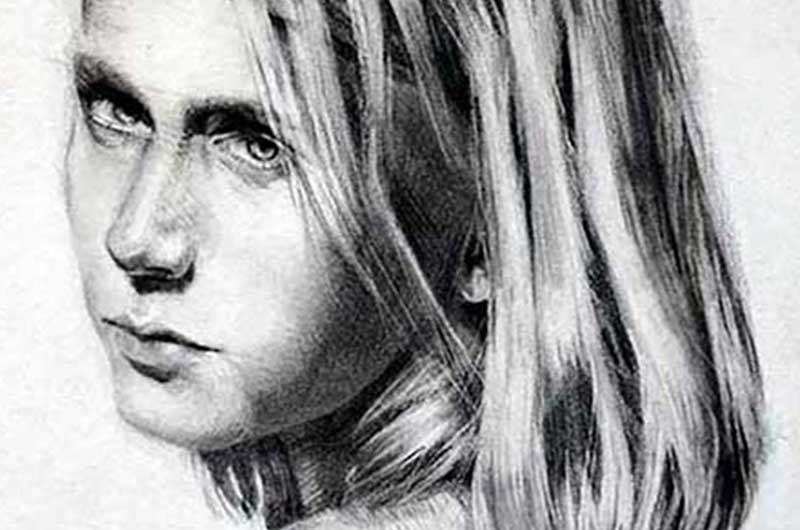getRealism
Want to create realism in art? You've come to the right place.

Improve Drawing Realistic Art
- Get the size right
- Draw with straight lines
- Get the shadow shapes right
- Remove outlines
- Blend the mid-tones
Here are a few actionable things you can do today to improve drawing realistic art.
Get The Size Right
When drawing realistic art, the proportions must be believable. The size of one feature to another has to represent reality. Elongated figures, oversized features, and other distortions don't look realistic. Believable proportions are pretty essential to drawing realism.
Draw With Straight Lines
Many artists learn to draw instinctively with long curvaceous lines. Beginners tend to outline objects. Learn to draw with short, straight lines. A series of small, straight lines can produce a more realistic representation.
Get The Shadow Shapes Right
Light and shadow create the illusion of depth and form. Create realistic drawings by copying the shape of each shadow. Look at the subject longer. Identify the overall shape of each shadow. If a shadow seems rectangular, draw a rectangular shadow.
Copy these shapes onto your drawing. Lightly fill in the shadow shapes. Build up the darks slowly in layers.
When drawing a portrait, if I lose the person's likeness, it's often an error in the outer shape of the face or an error in the shadow shapes.
Remove Outlines
Beginners draw line drawings. It can be difficult to stop making line drawings and start drawing realistic. We naturally want to outline every shape and every feature. Nature doesn't have outlines. Forms that we see are modeled by light.
The light dictates what to draw. Stop outlining. Instead, draw light shapes next to darker shapes. Practice dissecting every object into areas of light and dark.
Draw these shapes lightly and shadow accordingly until your shadow shapes mimic what you see. If a shadow has soft edges, soften the edges. If a shadow has sharp edges, define the edges. Practice drawing what you see.
Blend The Mid-Tones
Mid-tones fall in the middle areas where light and shadow meet. Light often forms a gradient as it wraps around a curved object. The side facing the light source is the brightest. This light slowly fades into a mid-tone and then gradually darkens into a shadow as the form turns away from the light.
Overblending can visually flatten a drawing. It's easy to over-blend. Resist the urge to blend too much as you draw.
Reserve blending for the mid-tones. Stop shading before you get to the edge where light meets dark.
When drawing on white paper, leave the paper untouched in the lightest areas. The white of the paper becomes the highlights.
If working on toned paper, the color of the paper can either become the highlights or the mid-tone. Either way, stop shading a bit before you reach the light. Blend the edge to create a soft transition between a light and dark shape.
Easily create the mid-tone by blending a bit of the shadow into the edge of the light area. The result is softer and less complicated than manipulating mid-tones with an eraser or other method.
Conclusion:
Drawing realistic art takes time and practice, but these easy tips are things that you can try right now. Take these actionable steps to improve drawing realistic art. As always, take what you like and leave the rest. I'm rooting for you!